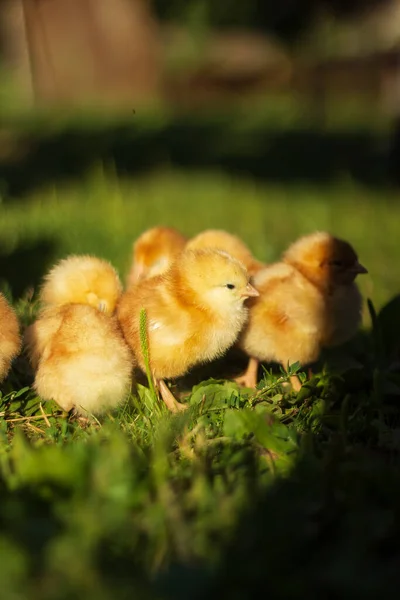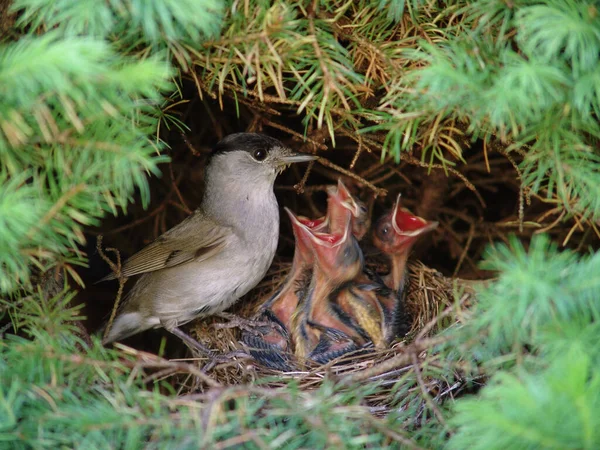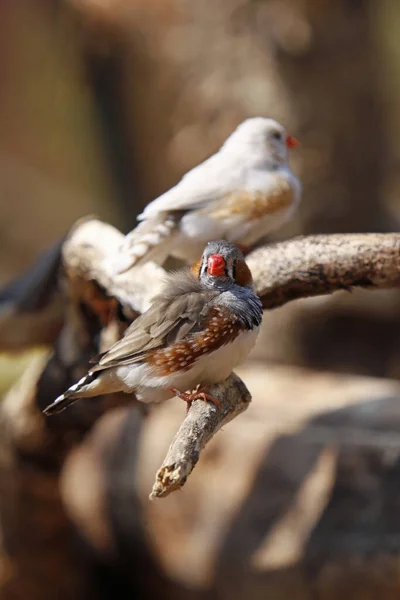How to Keep Bees Off Hummingbird Feeder Tips: Use a feeder with bee guards or create your own barriers using mesh or screen to allow hummingbirds access while keeping bees out.
When it comes to attracting the delicate beauty of hummingbirds to your garden, few things are as frustrating as finding your feeder overrun by bees. Not only can these buzzing insects deter the arrival of your tiny avian guests, but they can also pose a nuisance to you and your outdoor enjoyment.
Fear not, for there are effective and environmentally friendly ways to keep bees at bay while still welcoming the delightful flutter of hummingbird wings.

How To Keep Bees Off Hummingbird Feeder Tips
Understanding the Issue
Bees are attracted to the color yellow, including on feeders, and may mistake them for flowers. This can lead to bees swarming the feeder, potentially deterring hummingbirds.
Use Bee Guards
Install bee guards on the feeder ports. These are small mesh screens that allow hummingbirds to access the nectar while keeping bees out.
Choose the Right Location
Place the feeder in a shaded area. Bees are less likely to be attracted to a feeder that is not in direct sunlight.
Maintain the Feeder
Regularly clean the feeder to remove any spilled nectar, which can attract bees. Use a solution of one part vinegar to four parts water for cleaning.
Provide Alternative Food Sources
Plant bee-friendly flowers in your garden to divert bees away from the feeder. Lavender, marigolds, and wildflowers are good options.
Understanding Bees and Hummingbirds
Differences in Feeding Behaviors
Hummingbirds are known for their hovering abilities, while bees typically land on flowers. Hummingbirds have long, slender bills to reach nectar deep within flowers, while bees have shorter mouths for lapping up nectar.
Attraction to Sweet Nectar
Both bees and hummingbirds are attracted to sweet nectar, but they detect it differently. Hummingbirds rely on sight to find flowers, while bees use scent and color. Both play crucial roles in pollination.
Potential Conflicts at Feeders
Conflicts can arise at feeders when bees and hummingbirds compete for the same nectar source. Bees can be aggressive in defending their food source, potentially deterring hummingbirds.
Natural Deterrents
Planting Bee-Repelling Flowers
Certain flowers, such as marigolds, mint, and eucalyptus, are known to repel bees. Planting these around your garden or near feeders can help deter bees from hovering around hummingbird feeders.
Using Essential Oils or Herbs Near the Feeder
Essential oils like citronella or peppermint, or herbs like basil or lavender, can be placed near feeders to discourage bees. Their strong scents can mask the aroma of nectar, making the area less attractive to bees.
Providing an Alternative Food Source for Bees
To redirect bees away from hummingbird feeders, consider setting up a separate feeding station with a different type of food, such as a sugar-water mixture with a higher concentration of water, which is less appealing to bees.
Feeder Placement
Choosing the Right Location
Select a location for your hummingbird feeder that is easily visible and accessible for you to refill, but also safe and attractive to hummingbirds. Opt for areas with some foliage or natural cover nearby.
Avoiding Direct Sunlight
Hummingbird nectar can spoil quickly in direct sunlight, leading to fermentation and mold growth. Place your feeder in a shaded area to preserve the nectar and attract more hummingbirds.
Maintaining Distance from Bee-Attracting Plants
Place your feeder away from plants that attract bees, such as brightly colored flowers or those with a strong scent. This can help reduce bee activity around your feeder.
Feeder Modifications
Using Bee Guards or Moats
Bee guards are small barriers that prevent bees from accessing the nectar ports of hummingbird feeders. Moats, filled with water, create a barrier that deters ants and other insects from reaching the feeder.
Opting for Feeders with Bee-Resistant Designs
Some feeders are specifically designed to be bee-resistant, with features like bee guards, built-in moats, or nectar reservoirs that are difficult for bees to access.
Making DIY Bee Guards
For those who prefer a DIY approach, bee guards can be made using materials like mesh, wire, or even straws, to cover the feeder’s openings and prevent bees from reaching the nectar.
Nectar Management
Using Less Concentrated Nectar Solution
Using a nectar solution with a lower concentration of sugar can make it less attractive to bees, reducing the likelihood of them being attracted to your feeder while still providing nutrition for hummingbirds.
Changing Nectar Regularly
Regularly changing the nectar in your feeder is essential to prevent fermentation and mold growth, which can be harmful to hummingbirds. Aim to change the nectar every 3-5 days, especially in warmer weather.
Keeping the Feeder Clean
Cleaning your feeder regularly with hot water and mild soap helps remove any mold or bacteria buildup that could be harmful to hummingbirds. Rinse thoroughly before refilling.
Hummingbird-Friendly Landscaping
Planting Native Plants that Attract Hummingbirds
Include a variety of native flowers and plants in your garden that produce nectar-rich flowers, such as trumpet vine, bee balm, and salvia. These plants provide natural food sources for hummingbirds and attract them to your yard.
Creating a Hummingbird-Friendly Environment
In addition to nectar-producing plants, provide perches for hummingbirds to rest and survey their surroundings. Water features like birdbaths or misters can also attract hummingbirds for bathing and drinking.
Avoiding Planting Bee-Attracting Flowers Near Feeders
To minimize bee activity around your feeders, avoid planting flowers that are particularly attractive to bees, such as sunflowers or marigolds, in close proximity to your hummingbird feeders.
Additional Tips
Using Decoy Feeders to Distract Bees
Consider placing decoy feeders filled with a less concentrated nectar solution away from your main feeder. This can help divert bees’ attention and reduce their interest in your hummingbird feeder.
Providing Water Sources for Bees Away from Feeders
Setting up a separate water source, such as a shallow dish filled with water and rocks for perching, can help provide bees with an alternative water source, reducing their interest in your feeder.
Monitoring and Adjusting Strategies Based on Effectiveness
Regularly observe bee activity around your feeder and adjust your strategies accordingly. This may include changing the location of your feeder, trying different deterrent methods, or adjusting the nectar concentration.

FAQs
Why are bees attracted to hummingbird feeders?
Bees are naturally drawn to the sweet nectar in hummingbird feeders, as it resembles the flowers they typically feed on.
How can I keep bees away from my hummingbird feeder?
Try placing the feeder in a shaded area, as bees are less active in cooler environments. Additionally, using a feeder with bee guards or choosing a feeder with red accents, as bees are less attracted to red.
Can I use bee repellents to keep bees off my hummingbird feeder?
It’s not recommended to use bee repellents near hummingbird feeders, as they can be harmful to the birds.
Will using a wasp trap help keep bees away from my feeder?
While wasp traps can help reduce the number of wasps around your feeder, they may not be as effective for bees.
Are there any natural ways to deter bees from my hummingbird feeder?
Some people have had success using mint or cinnamon oil around the feeder, as bees are repelled by these scents. However, be careful not to use anything that could harm the hummingbirds.
How often should I clean my hummingbird feeder to prevent bee attraction?
Regular cleaning is important to prevent the buildup of residue that can attract bees. Clean the feeder with hot water and mild soap every time you refill it.
Will planting bee-friendly flowers near my feeder attract more bees?
While planting flowers can attract bees, choosing flowers that are less attractive to bees can help reduce their presence near your feeder.

Conclusion
In conclusion, keeping bees away from hummingbird feeders requires a combination of strategic placement, proper maintenance, and using deterrents that are safe for both bees and hummingbirds.
By following the tips outlined in this guide, you can enjoy watching hummingbirds without attracting unwanted bees. Remember, it’s essential to respect the role of bees in our ecosystem while also ensuring the safety and enjoyment of hummingbirds in your garden.